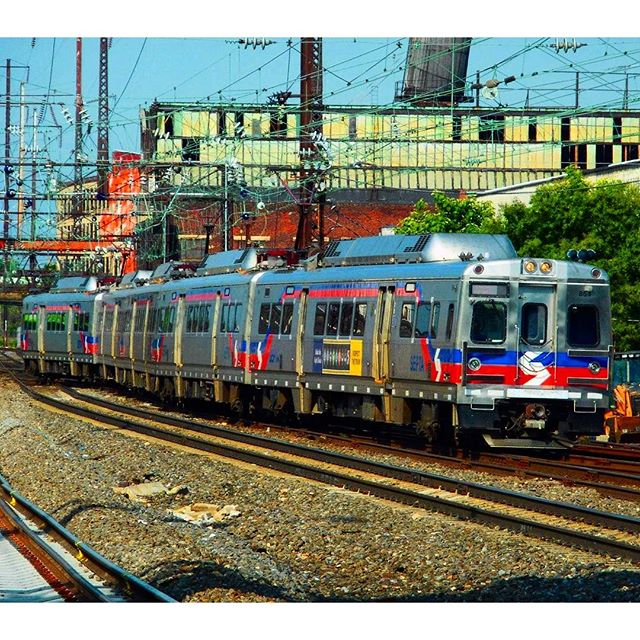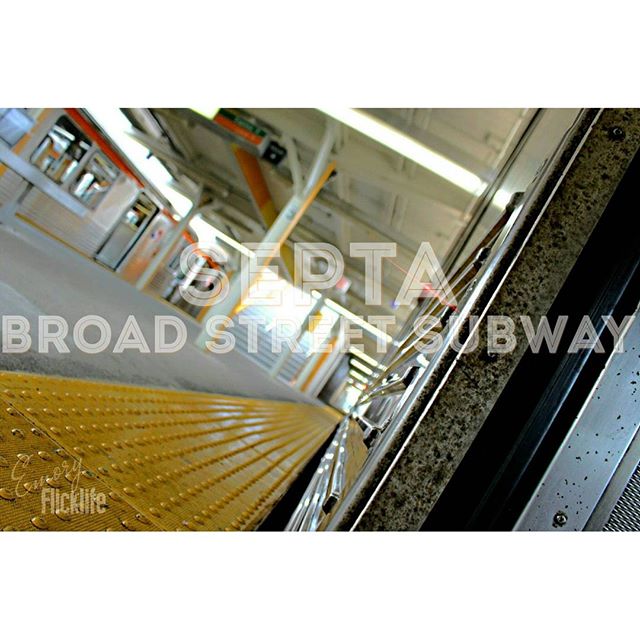Can riding SEPTA help improve the wellness of yourself and others? Sure can! The advantages of public transportation are endless, benefiting those who ride and those who reside in the areas served.
So, how exactly does public transit improve your health? Studies show that public transportation users are generally more active, safer, spend less on transportation, and help better the environment and economy. These factors improve the well-being of riders and those who surround them.
Taking public transportation has many health advantages, whether its improving your fitness, making you safer, saving you money, helping the environment, or improving your city. So, consider riding SEPTA instead of driving and experience the benefits for yourself!
















